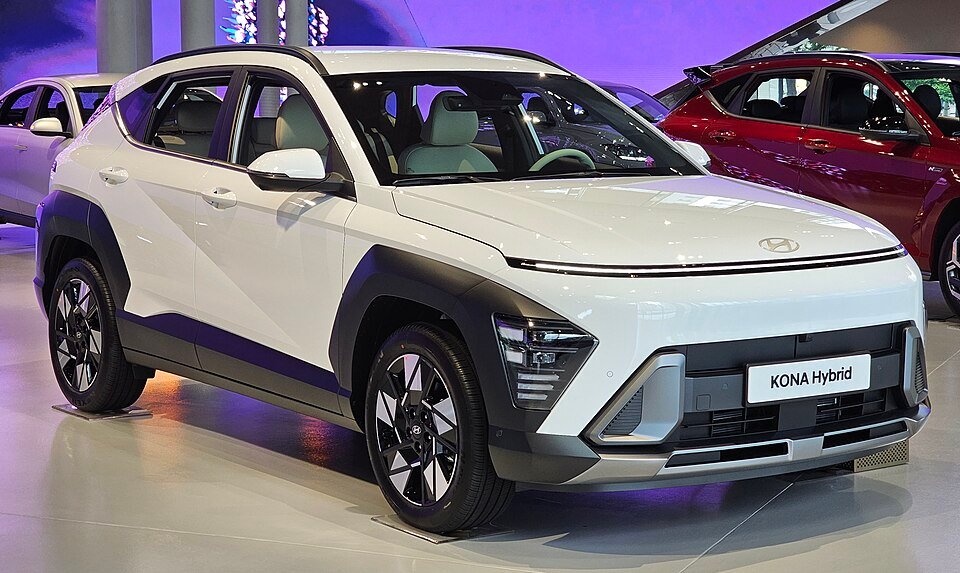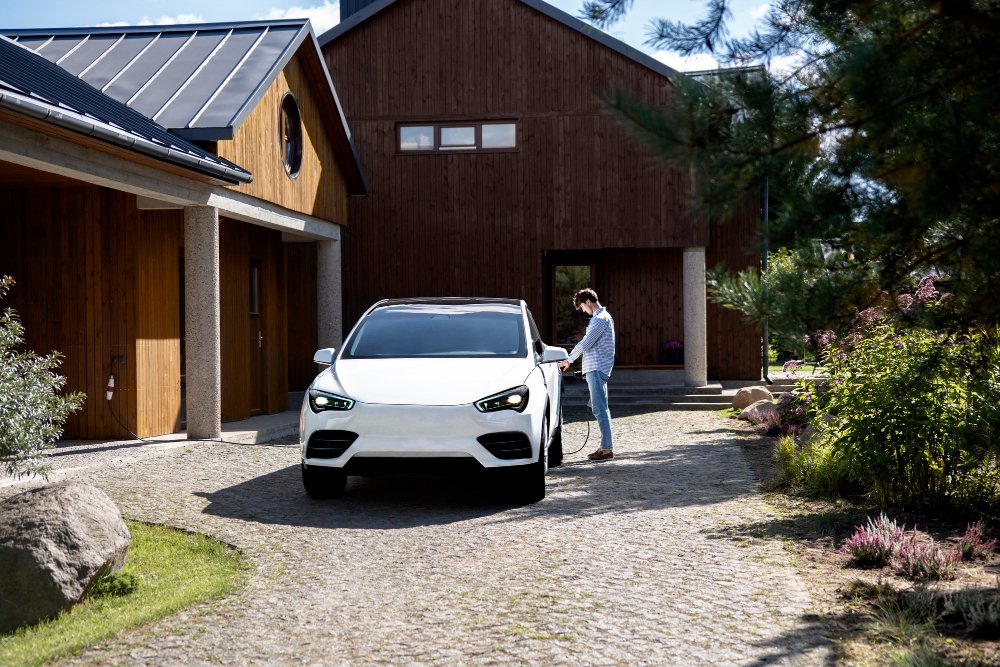Electric vehicles (EVs) are no longer just futuristic concepts—they are here, practical, and increasingly affordable. Among the most notable models, the Hyundai Kona Electric stands out for blending efficiency, range, and everyday practicality in a compact SUV design. In this article, we’ll explore why the Hyundai Kona Electric is one of the best compact EVs, examining its benefits, limitations, real-world applications, and what the future holds for this popular electric crossover.
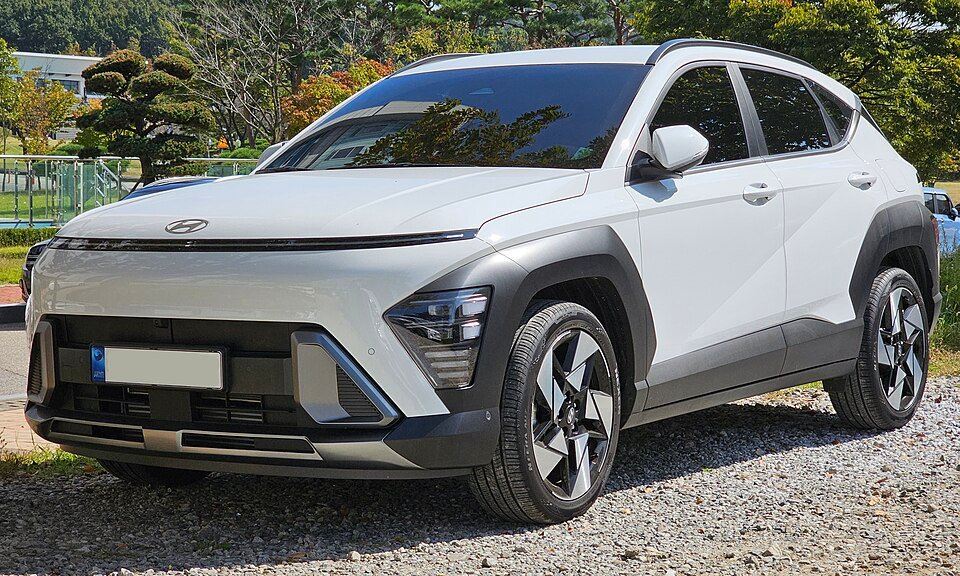
What Makes the Hyundai Kona Electric Special?
The Hyundai Kona Electric is the fully electric version of the Hyundai Kona, a subcompact SUV that has gained worldwide popularity since its launch in 2017. Unlike many electric cars that require compromising on size, battprice, or comfort, the Kona Electric offers a balanced package that appeals to both eco-conscious drivers and those who simply want a reliable car for everyday use.
The vehicle is available in different battery configurations, with ranges that can exceed 250 miles (400 km) on a single charge. Combined with fast-charging capabilities, advanced driver-assistance systems, and Hyundai’s strong warranty, the Kona Electric has carved out a solid reputation in the competitive EV market.
Key Benefits of the Hyundai Kona Electric
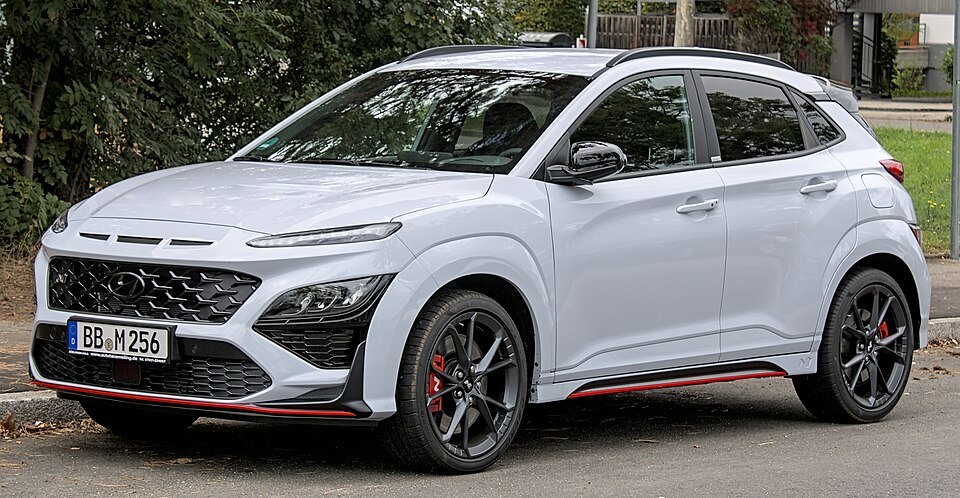
1. Impressive Driving Range
One of the main reasons why the Hyundai Kona Electric is one of the best compact EVs is its range. The long-range model delivers over 250 miles per charge, making it suitable not just for city commuting but also for longer weekend trips.
2. Compact Yet Spacious Design
While categorized as a compact SUV, the Kona Electric offers clever interior design that maximizes space. Passengers enjoy ample legroom and cargo capacity, making it a great option for small families or urban drivers who need practicality without bulk.
3. Affordability and Value
Compared to luxury EVs, the Kona Electric is competitively priced, often qualifying for government incentives and rebates. This makes it an excellent entry point for those considering their first electric car.
4. Safety and Technology
Hyundai equips the Kona Electric with advanced safety features such as lane-keeping assist, blind-spot monitoring, and adaptive cruise control. The infotainment system supports Apple CarPlay and Android Auto, ensuring that drivers remain connected and entertained.
Challenges and Limitations
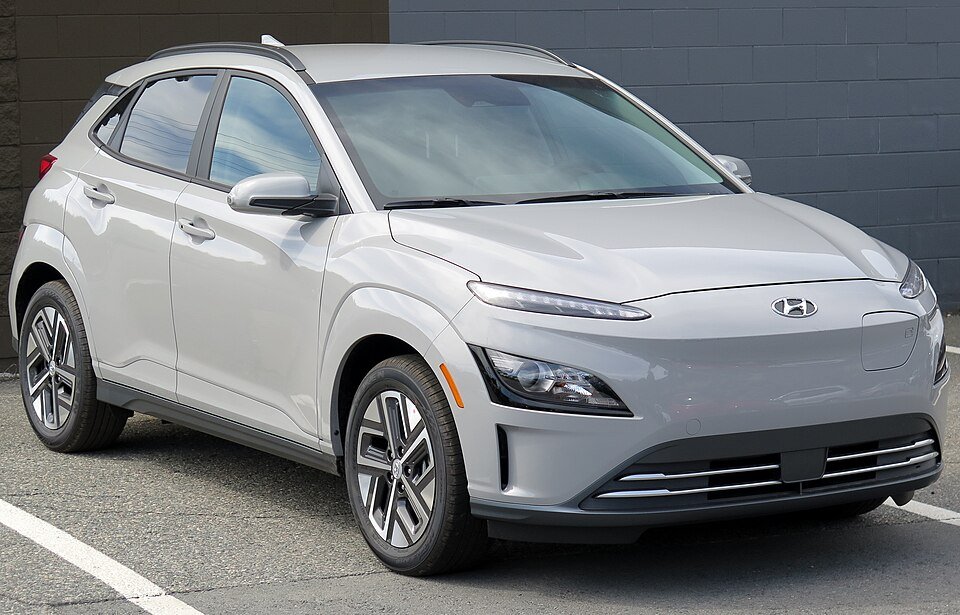
1. Charging Infrastructure
While the Kona Electric supports fast charging, the availability of charging stations varies widely depending on the region. In areas with limited infrastructure, drivers may find it challenging to rely on an EV for long-distance travel.
2. Smaller Rear Space
Although the Kona Electric is spacious for its class, taller passengers may find the rear seats slightly less comfortable compared to larger EVs. This is a trade-off for its compact size.
3. Competition in the EV Market
The rise of EVs from brands such as Tesla, Nissan, and BYD means the Kona Electric faces tough competition. However, its balance of price, range, and practicality continues to make it an appealing option.
Real-World Examples and Case Studies
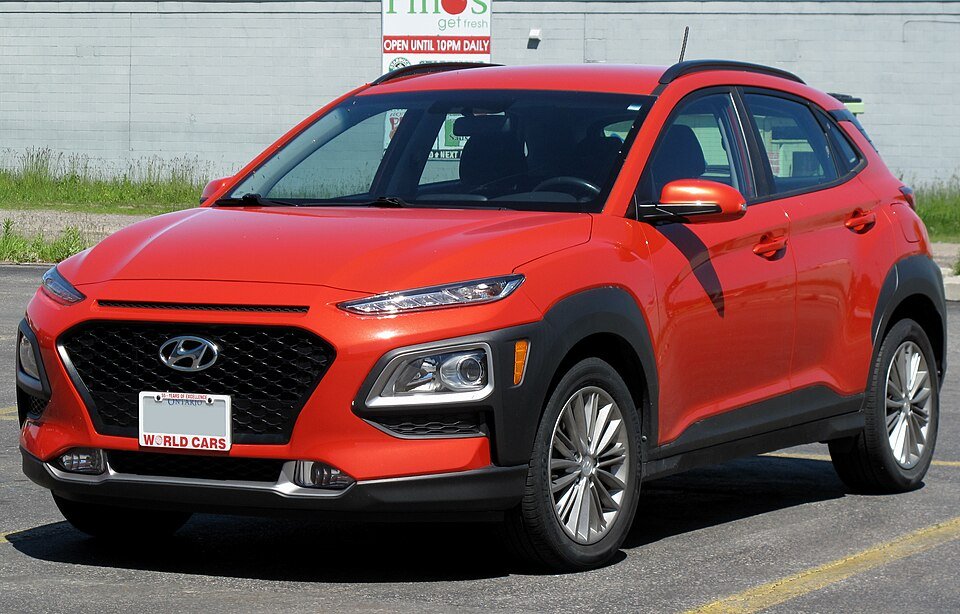
Daily Urban Commuting
Many drivers in Europe and North America use the Kona Electric as their primary car for city commuting. Its compact size makes it easy to maneuver in traffic and park in tight spaces, while the range ensures drivers don’t need to charge daily.
Long-Distance Trips
Real-world tests have shown that the Kona Electric can comfortably handle highway travel. With careful planning around charging stations, drivers report successful cross-country trips, demonstrating that the Kona Electric isn’t limited to short urban drives.
Fleet and Business Use
Some businesses are adopting the Kona Electric for delivery and service fleets. Its low running costs, reduced maintenance needs, and eco-friendly profile make it a cost-effective and sustainable solution.
Future Trends and Predictions
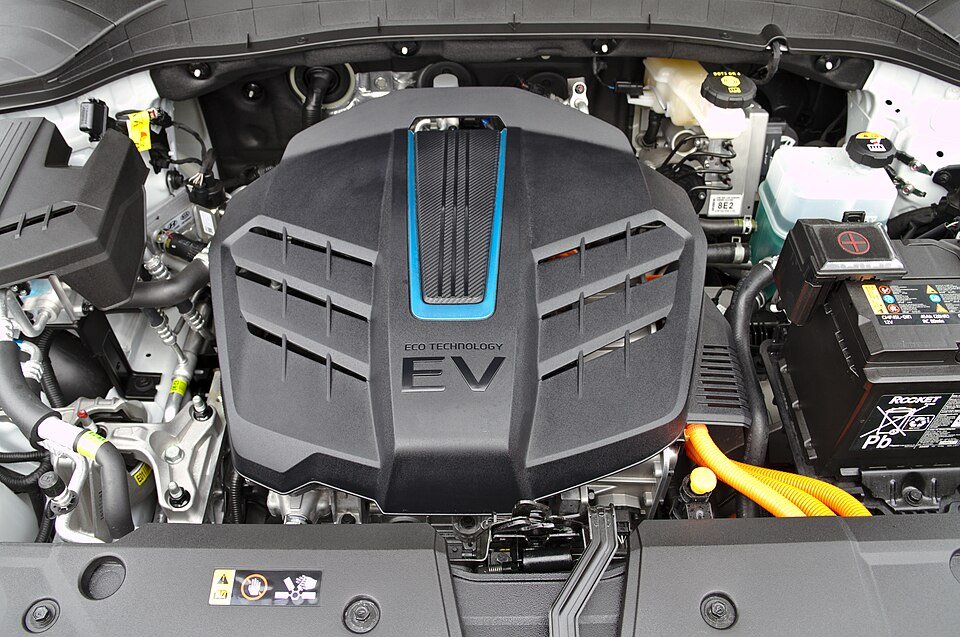
The future of compact EVs looks bright, and the Hyundai Kona Electric is expected to evolve with the industry. Hyundai has already announced updates with improved battery technology, extended ranges, and faster charging times. Additionally, as global electric vehicle adoption increases, charging infrastructure is likely to expand, making EV ownership more convenient than ever.
The Kona Electric also plays a role in Hyundai’s broader sustainability strategy, aligning with the company’s goal to achieve carbon neutrality by 2045. This makes the model not just a car of today, but also a crucial part of the EV revolution of tomorrow.
Frequently Asked Questions (FAQ)
What is the driving range of the Hyundai Kona Electric?
The long-range version offers over 250 miles (around 400 km) on a single charge, making it one of the most competitive options in its category.
How long does it take to charge the Hyundai Kona Electric?
With a fast charger, the Kona Electric can reach 80% charge in about 47 minutes. Using a standard home charger, it may take between 6–9 hours.
Is the Hyundai Kona Electric expensive to maintain?
No. Electric vehicles generally have fewer moving parts than gasoline cars, which means lower maintenance costs. Brake wear is reduced thanks to regenerative braking, and there’s no need for oil changes.
Does the Hyundai Kona Electric qualify for incentives?
In many countries, yes. Buyers can often benefit from government tax credits, rebates, or subsidies, which make the Kona Electric even more affordable.
How does the Kona Electric compare to competitors like the Nissan Leaf?
While both are excellent compact EVs, the Kona Electric typically offers a longer range and more SUV-like practicality, whereas the Nissan Leaf is a hatchback with slightly lower range.
Conclusion
In summary, why the Hyundai Kona Electric is one of the best compact EVs comes down to its winning combination of range, affordability, safety features, and practicality. While it has some limitations, particularly around charging infrastructure, its overall value makes it an excellent choice for anyone considering an electric vehicle.
For those ready to embrace the future of driving, the Hyundai Kona Electric is a compelling option that proves sustainable mobility doesn’t have to mean compromise.

